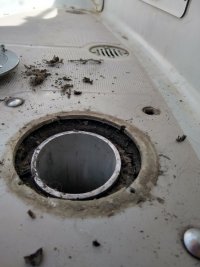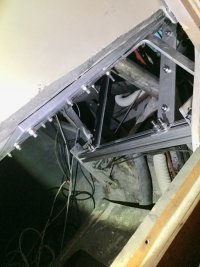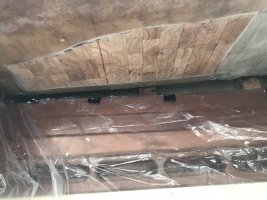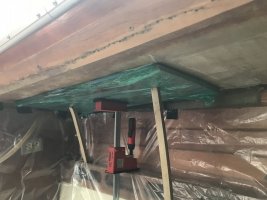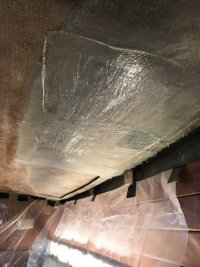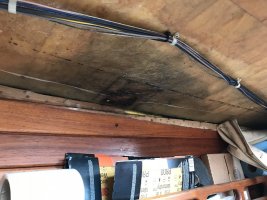Canopus
1989 35-3
Went out for a beautiful spring sail today, then while docking I noticed some clunking with the steering which didn't sound good to me. I squeezed under and discovered that the plate at the top of the rudder post is barely attached by one loose nut with the others missing 
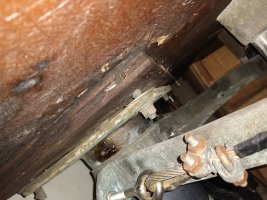
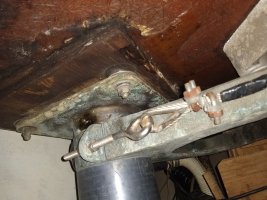
Should I just be able to replace the missing nuts, tighten it up and be good to go? Or is there anything else I need to look for. The packing gland looks to be water tight as far as I can tell.


Should I just be able to replace the missing nuts, tighten it up and be good to go? Or is there anything else I need to look for. The packing gland looks to be water tight as far as I can tell.

